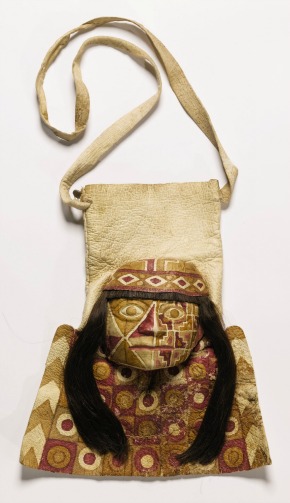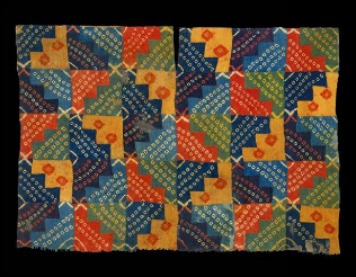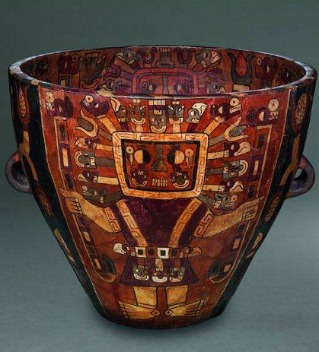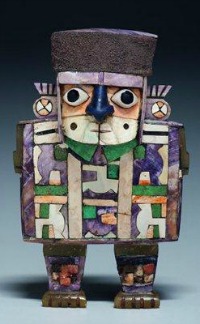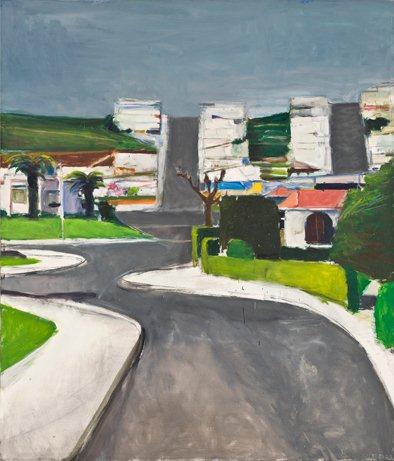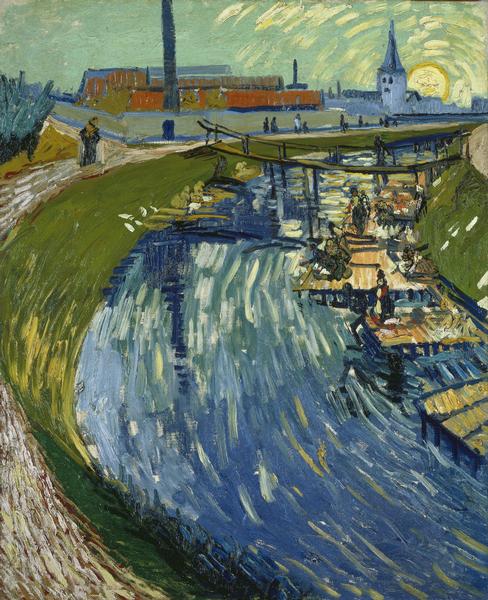Remember back to early September, when the presidential election was just heating up, and the Democrats were holding their convention in Charlotte, N.C.? The Mint Museum there tried to capitalize on the connection with, as I related here, a crowd-curated project allowing residents and visitors to vote for three of six art works chosen by curators as candidates for acquisitions to the permanent collection.
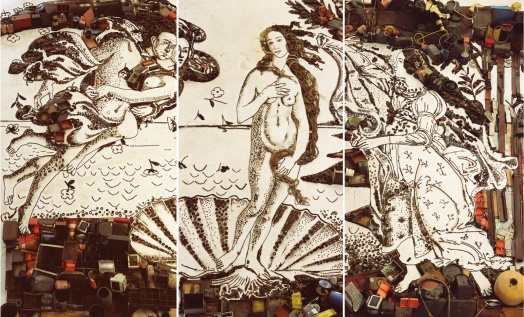 Voting concluded last Friday, drawing nearly 20,000 votes in all. I’d have thought the number would have been higher — considering that each person could make three choices.
Voting concluded last Friday, drawing nearly 20,000 votes in all. I’d have thought the number would have been higher — considering that each person could make three choices.
So what did they choose? A photograph called The Birth of Venus, after Botticelli (Pictures of Junk), by Vic Muniz (at right); a sculpture called Before Midnight by Mattia Biagi (at left); and Slice Chair Paper by Mathias Bengtsson — in that order.
You can see all six candidates here. Or, you can simply look at the three winners here.
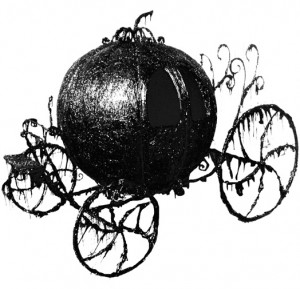 What did we, and the Mint, learn from this experiment? I’m not sure, other than the aforementioned smallish number of votes. Further, it seems to me that the Mint undercut the whole process with this announcement:
What did we, and the Mint, learn from this experiment? I’m not sure, other than the aforementioned smallish number of votes. Further, it seems to me that the Mint undercut the whole process with this announcement:
And the Mint’s efforts to acquire works by the world’s best-known contemporary artists have not ended – the museum is committed to continuing to raise funds from the community to potentially acquire the three remaining “Vote for Art†candidates, works by NachoDoesn’t that negate the idea of involving the public in these choices?
Photo Credit: Courtesy of the Mint Museum

